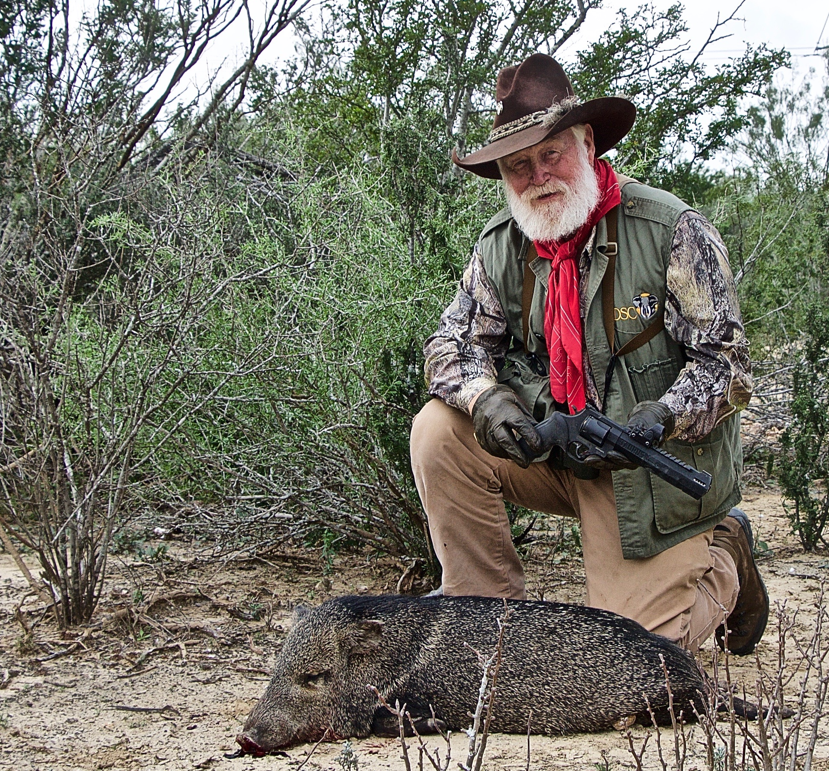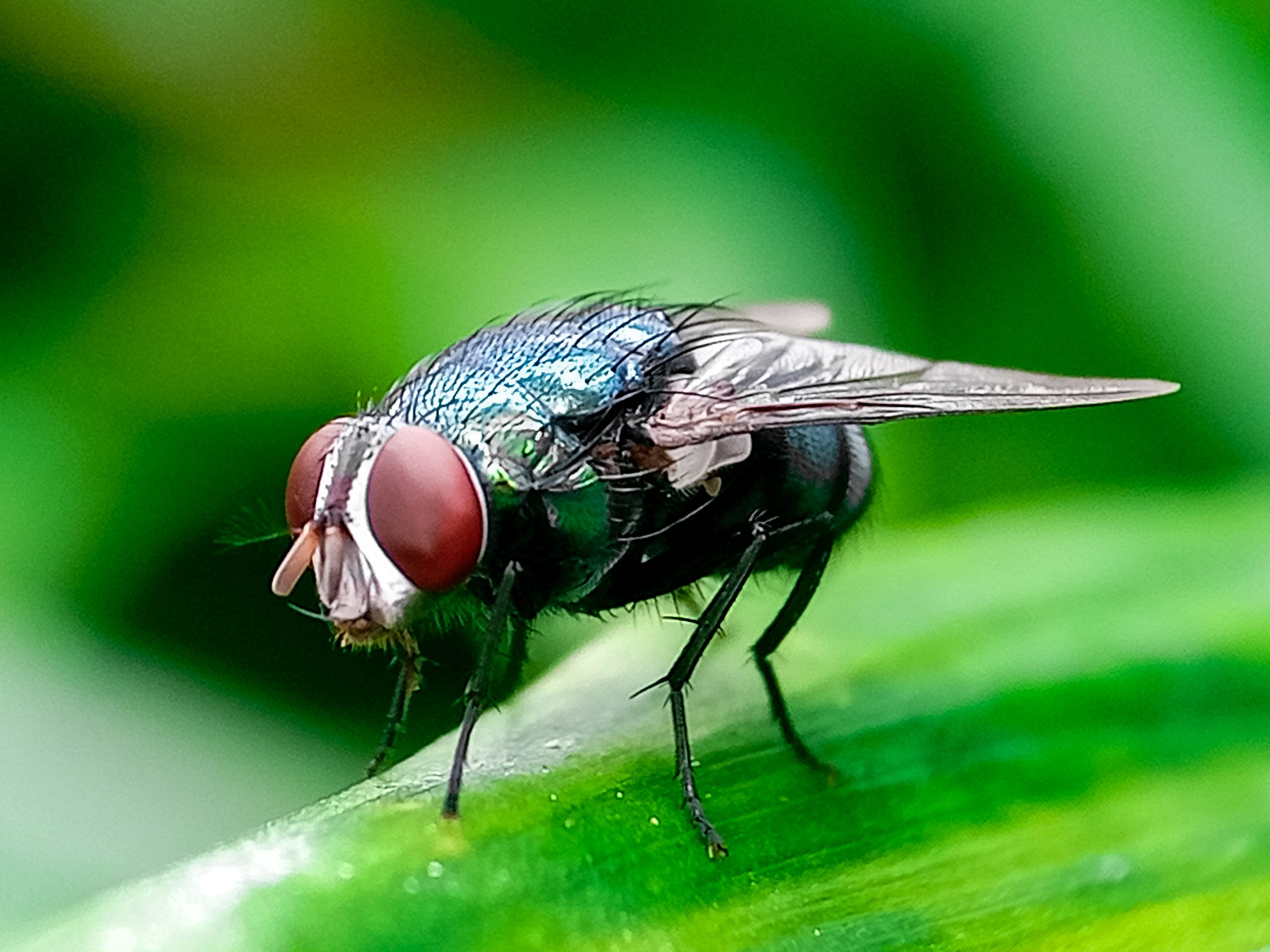No one wants to end up like one of the bizarre cases on a medical mystery show – with dozens of tiny, white worms living in your body.
And no quail wants to be a living space for parasites either.
But, for several birds in South Texas, this is their reality. Their bodies are full of larvae. Researchers from Texas A&M’s Caesar Kleberg Wildlife Research Institute study these parasites to document the distinct species, how they spread and what factors influence their existence.
So, how are hunters involved?
The academic group studies quail parasites by examining birds taken by hunters.
Although DSC funds wildlife research by giving grants to institutes like this one, hunters provide more than just financial efforts to wildlife research. They are the eyes in the field, sharing birds with wildlife studies, collecting hair samples, testing for diseases, and reporting when banded animals are harvested.
Data collection is a key part of each hunting season because it becomes the basis for the limits and quotas for the next one. The data is critical for the success of wildlife management.
States’ wildlife departments follow trends in categories such as population numbers, physical characteristics and hunter success rates. Scientists can also study spread rates and geographic distribution of diseases such as Chronic Wasting Disease.
For example, in the recent lion harvest that received media attention, the collar was returned to the research group along with several other samples. Now the data can contribute to more studies to further knowledge and understanding of the African lion population.
Hunting not only feeds families and villages, but it also advances scientific studies.
Sources: South Texas Wildlife



